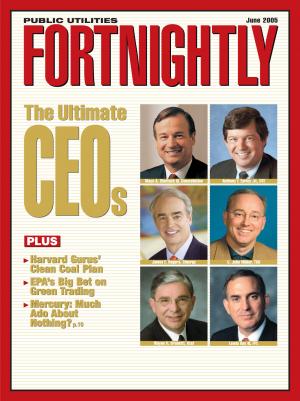No single type of financial incentive closes the cost gap between clean coal and modern conventional coal technologies.
Thomas Wilson is senior technical leader, global climate, at EPRI, and Charles Clark is an independent consultant. Contact Wilson at (650) 855-7928.
After two decades of demonstration projects aimed at establishing the technical and economic viability of clean-coal technologies, a variety of power producers now are considering seriously their use for new commercial generating plants. The major remaining obstacle is how to obtain financing for the next few plants, with an expected cost of electricity about 15 to 20 percent higher than that produced by conventional coal facilities.

Since the use of clean-coal technologies remains a high priority for the federal government, various financial incentives have been proposed to help overcome this problem. After examining a wide range of formally and informally proposed options, however, the authors have identified a critical dilemma facing policymakers: No single type of financial incentive studied will close the cost gap between clean coal and modern, conventional-coal technologies for all three major groups of generator owners-investor-owned utilities, independent power producers, and publicly owned utilities and cooperatives.
This dilemma comes at an awkward time for owners of generation, many of whom invested heavily during the last decade (when gas prices were relatively low) in power plants fueled by natural gas.

